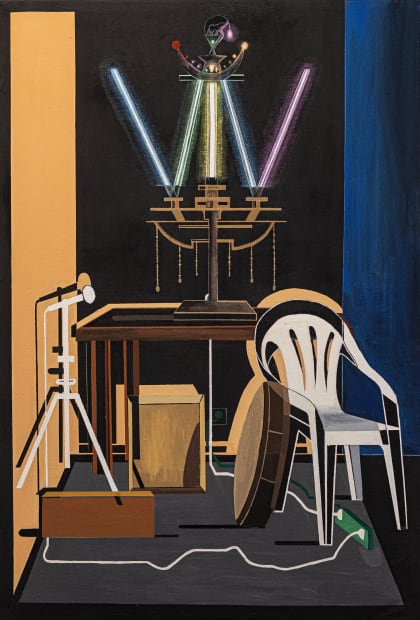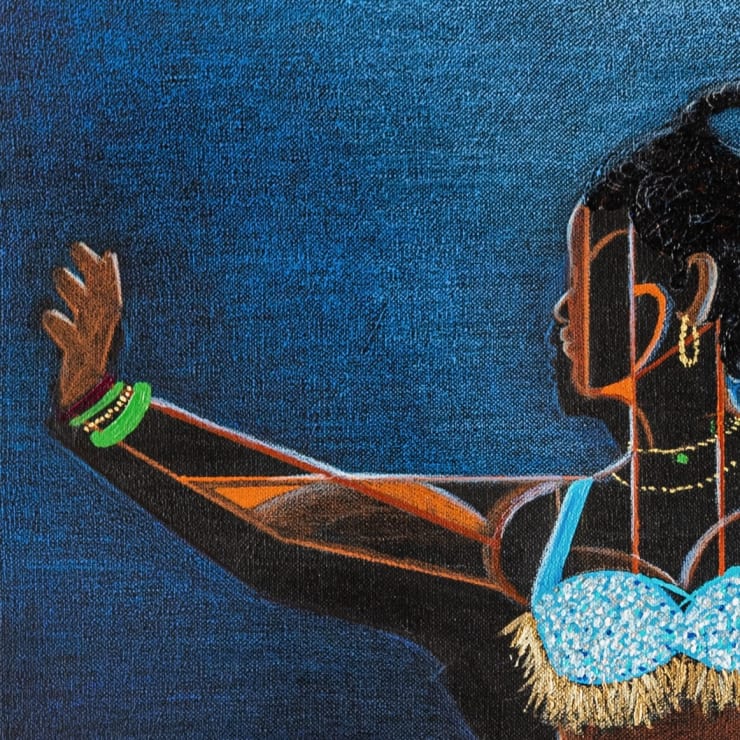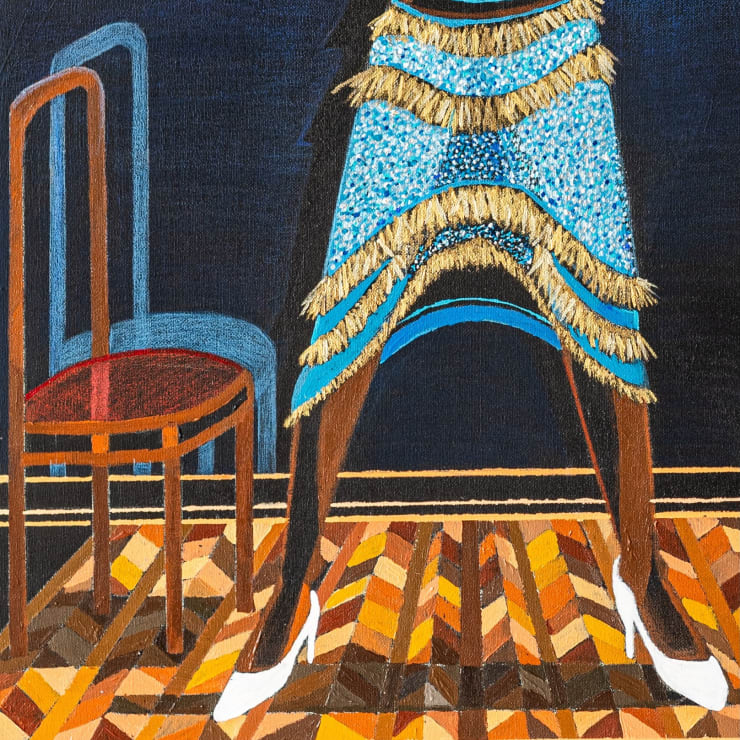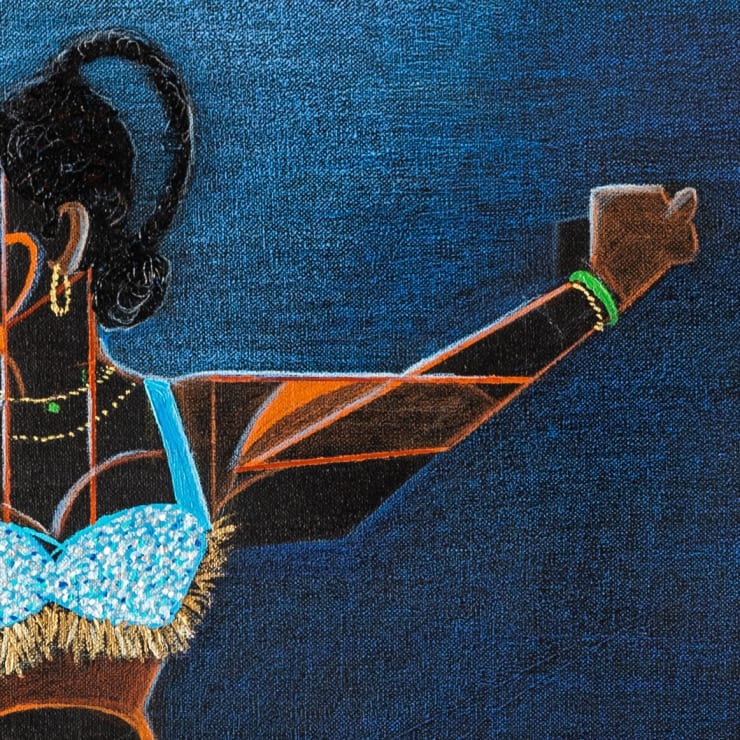-
GALERIE CÉCILE FAKHOURY
Abidjan - Dakar - Paris
GOUMBÉ
CARL-EDOUARD KEÏTA
FEBRUARY 13 -APRIL 12, 2025
-
At the dawn of independence, Côte d'Ivoire experienced an unprecedented economic boom, commonly referred to as the Miracle ivoirien (Ivorian Miracle). Many young people from rural areas (Malinkés from the North) or from neighboring countries (Guinea, Niger, Ghana…) migrated to Abidjan-the brand-new economic capital-full of hope and eager for new adventures, seeking employment, financial stability, and a better future. This utopia found its anchor in the districts of Treichville and Adjamé. Together, these young migrants formed mutual aid associations known as Goumbés. Structured, codified, and hierarchical, these associations-bridging tradition and modernity-organized various activities fostering community cohesion.
Through Goumbé, Carl-Edouard Keïta immerses us in the history of these communities and offers a reflection on regional migrations and their impact on the writing of contemporary Ivorian society.
-
 Fin des réjouissances, 2025Technique mixte sur toile - Mixed media on canvas180 x 121 cm - 70 7/8 x 47 5/8 in
Fin des réjouissances, 2025Technique mixte sur toile - Mixed media on canvas180 x 121 cm - 70 7/8 x 47 5/8 in -
-
 Reine du Goumbé, 2025
Reine du Goumbé, 2025 -

-
Keïta’s drawings demonstrate a remarkable mastery of composition, with each piece carrying a story, a narrative. The decomposition of the figures’ bodies into multiple geometric elements can be understood as a mimetic gesture, revealing and deconstructing the themes explored in his works—moving from the visible to the hidden.
-
 Dans l'euphorie du moment, 2025Technique mixte sur toile - Mixed media on canvas100 x 100 cm - 39 3/8 x 39 3/8 in
Dans l'euphorie du moment, 2025Technique mixte sur toile - Mixed media on canvas100 x 100 cm - 39 3/8 x 39 3/8 in -
By capturing the subtleties, complexities, and rich intermingling of Ivorian contemporary history, this exhibition serves as a testimonial journey through the Goumbé universe-a dance of exile that has nearly vanished, even as its songs and movements persist in other forms within Malinkés communities.
-
 À la sortie du C-105, 2025Technique mixte sur toile - Mixed media on canvas196 x 130 cm - 77 1/8 x 51 1/8 in
À la sortie du C-105, 2025Technique mixte sur toile - Mixed media on canvas196 x 130 cm - 77 1/8 x 51 1/8 in -
This exhibition in Abidjan is also an opportunity for Carl-Edouard Keïta to further his artistic illumination of diasporic histories. He presents us with major portraits in a profound act of transmission and absolute legacy.
-

Photo : Justin French
-
Contact
Francis Coraboeuf
francis@cecilefakhoury.com
Goumbé - Carl-Edouard Keita : Online viewing room
Past viewing_room















